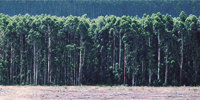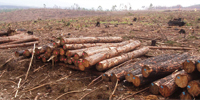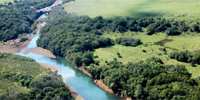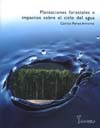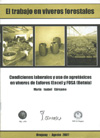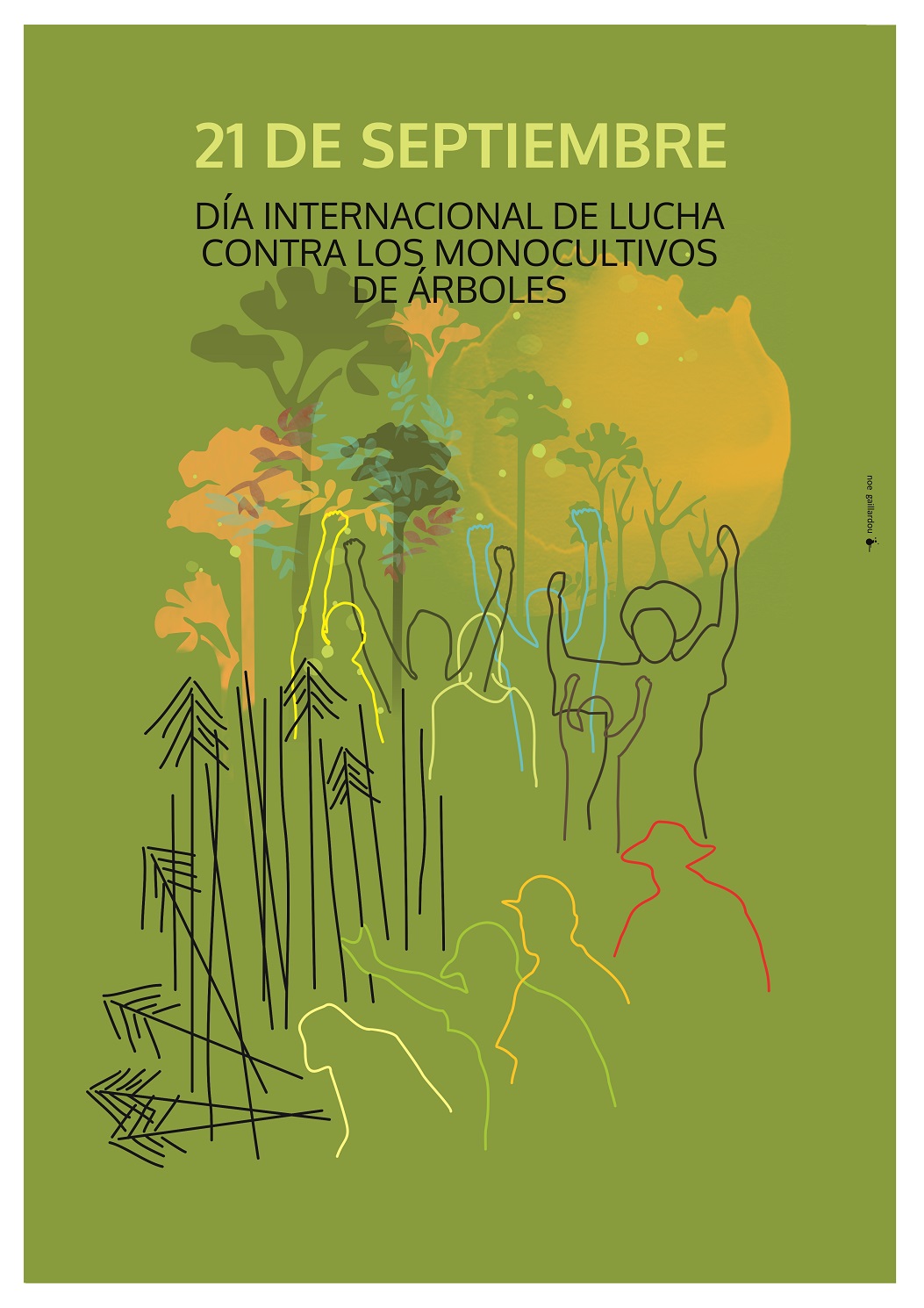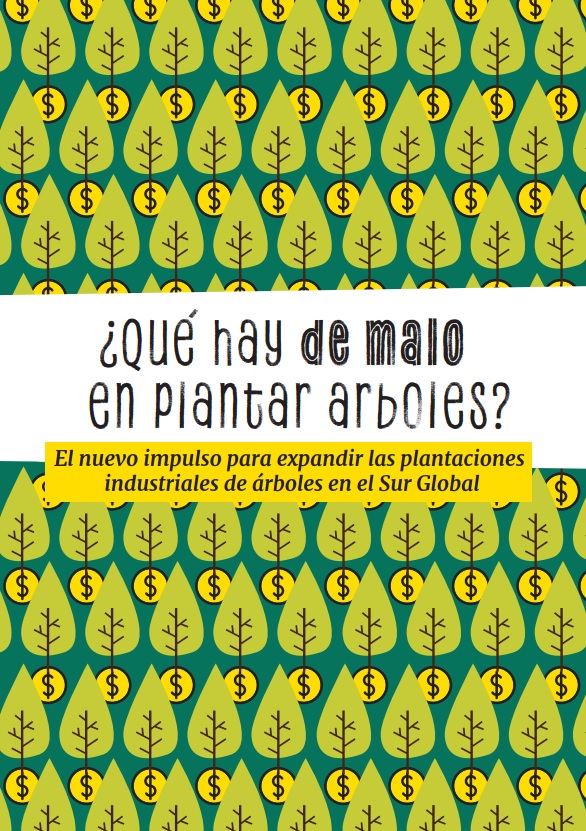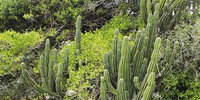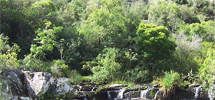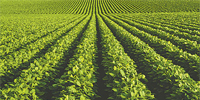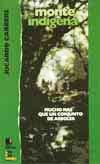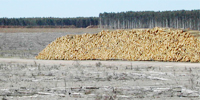It has been demonstrated — although there is few bibliography and research about this subject — that large-scale tree plantations have serious impacts on flora and fauna of the zones nearby the plantations.
Regarding flora and fauna, the greatest biodiversity in Uruguay is to be found in the grasslands (pradera) which are — and have always been — its most important ecosystem. But many species found in grasslands also interact with other ecosystems such as wetlands, native forests and water courses. Conservation therefore implies the protection of all these ecosystems — in particular the grassland ecosystem — and not only some of them.
With the increasing number of hectares of monoculture tree plantations — mainly eucalyptus, but also pines — the impacts on flora and fauna associated with grasslands and other ecosystems, are more and more visible.
It would seem evident that the changes in the vegetation due to the replacement of grasslands by monoculture eucalyptus plantations must have a strong impact on the population of insects linked to the (predominant) grassland flora and that this will imply a strong impact on the fauna.
On the other hand, the changes that plantation establishment brings about in the local flora and fauna, involves both a drop in the populations of certain species and the explosion of populations of other species and they also imply impacts on the agriculture and livestock of establishments neighbouring plantations (foxes, pigeons and wild boars) and even on the safety of the people in the area (due to an increase in poisonous snakes).
The following testimonies — that we hope will complement future and very neccesary research on this subject — were gathered in the field trip that took place in December 2005, in occasion of the investigation about FSC (Forest Stewardship Council) certification of monoculture tree plantations in Uruguay (see: Carrere, Ricardo. Greenwash. Critical analysis of FSC certification of industrial tree monocultures in Uruguay. Montevideo WRM, 2006. Series on WRM Tree Plantations, No.5, in: http://www.wrm.org.uy/countries/Uruguay/book.html)
Testimonies about the impacts on flora and fauna
In 1999, the Guayubira Group registered for the first time in situ, the impacts of the plantations in Cerro Alegre, department of Soriano, and subsequently published an article (see “Sadness in Cerro Alegre: the serious damages of forestation”, only in Spanish, in: www.guayubira.org.uy/alegre/tristezas.html).
In the case of Paraje Pence, department of Soriano, a local woman said that the main problem “is the upsurge in venomous snakes known as yaras” (Bothrops pubescens or Pampas lancehead). She added that her dog had died after being bitten by a yara a second time (it is believed that being bitten once by this snake will not kill either animals or humans, but that a second bite is fatal.). The explanation for the abundance of yaras was provided by one of the local men interviewed, who said that these venomous snakes have flourished because the non-venomous garter snakes have died off. Garter snakes eat the eggs laid by yaras and the yaras themselves, but their preferred food is frogs and toads, and these have disappeared because the streams have dried up. “This is what happened, because we’ve seen that where there are garter snakes, there are no yaras,” he maintained.
The venomous snakes (yaras) have killed pigs, calves, cows and even horses. This has been verified because when animals die from a “yara” bite their blood does not clot, and dead animals are always tested to check if they died of anthrax.
Despite the abundance of these venomous snakes and the danger they pose to human life, a nurse who works in primary health care at the polyclinic attached to the hospital reported “that there is no antivenom stocked by the hospital”. In cases of snake bites, since there is no antivenom available, emergency treatment is given with a product that promotes blood clotting.
A similar situation is found in the plantations in Algorta, department of Río Negro, where the poisonous snakes “come right into the backyards of the houses.”
Other changes in fauna observed in Algorta (and in many other places, as will be seen) are the rise in the populations of wild boars (Sus scrofa) and foxes, (Pseudalopex gymnocercus), which affect agricultural and livestock production by attacking crops and sheep. Foxes in particular are known to “eat everything.”
Another consequence of plantations reported in Algorta is the high death rate among armadillos (Dasypus hybridus and Dasypus novemcinctus), resulting from the use of agrotoxics and the fact (according to the Guichón Environmental Group) that “plantation establishment is changing the migratory routes of birds.”
A sheep farmer in Guichón, department fo Río Negro, whose land is surrounded by plantations, reported that “his flock has been seriously threatened by the large population of wild boars that has emerged.” He also spoke of the danger posed by the upsurge “in the number of foxes and venomous snakes, and commented on the disappearance of the large rodents known as capybaras” (Hydrochoerus hydrochaerus).
A hunter told us that “when it comes to the fauna, there is absolutely nothing left.” He said he has not been out hunting for two years, because there is nothing left to hunt. “You don’t see a single partridge, or a rabbit, or an armadillo. The companies don’t let anyone hunt or fish on their land, but that’s a joke, because there’s nothing there. Maybe a few fish, but there’s less and less water all the time.”
Other respondents of this place, commented also on the increase in the number of poisonous snakes, foxes and wild boars. “Before there were no “cruceras” (Bothrops alternatus) in the town. Now they go right inside people’s houses,” remarked a local council member.
The testimonials on this subject in Tranqueras, department of Rivera, were largely similar to those presented above, particularly with regard to the abundance of foxes and poisonous snakes. The only difference was that according to a beekeeper interviewed by the researchers, “the upsurge in wild boars seen in other areas near large-scale tree plantations had not yet affected the area around Rivera” where he lives and works.

